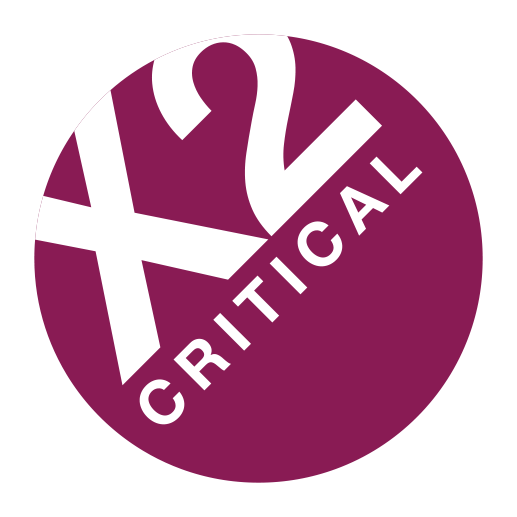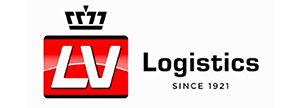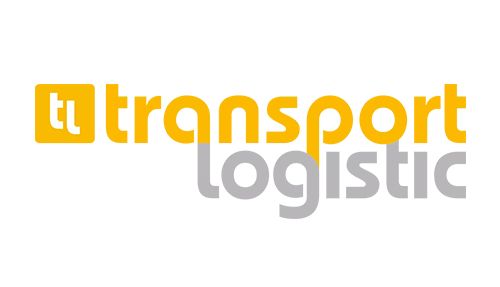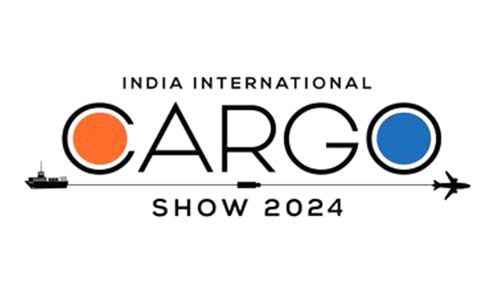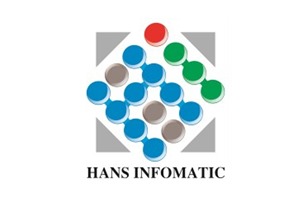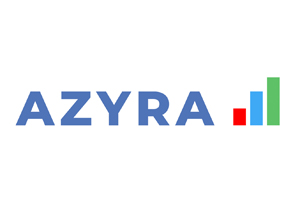

Why now is the time to stress-test your industrial supply chain
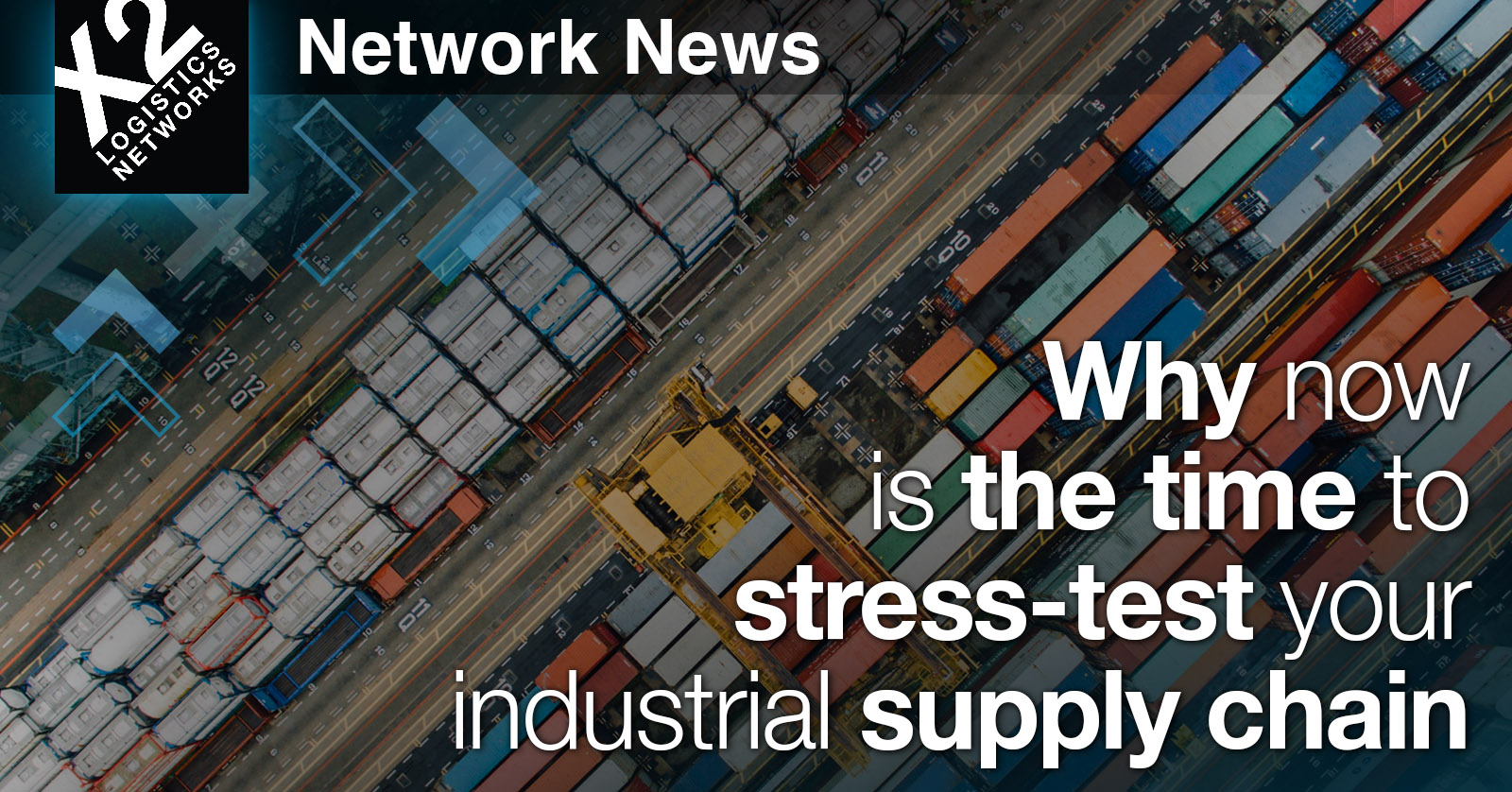


An effective way to increase supply-chain resilience is to understand the impact a crisis could have, well before it happens.
This article was a collaborative effort among Brian Anstey, Cengiz Bayazit, Yogesh Malik, Asutosh Padhi, Nick Santhanam, and Stijn Tollens.
Over the past two decades, global supply chains have become the norm. However, procurement and supply-chain professionals have faced a series of ever-more-frequent global and regional challenges in recent years, from natural disasters to escalating trade tensions between major economic blocs (Exhibit 1). As a result, there has been a shift of focus to the challenge of mitigating risk and assessing the resilience of supply chains.

The COVID-19 pandemic has raised the topic of supply-chain resilience and rebalancing to boardroom level. Even brief, 30-day disruptions caused by supply-chain vulnerabilities can result in 3 to 5 percent EBITDA margin gaps. As companies look for ways to reduce their exposure to supply-chain risks, we estimate that up to $1 trillion in trade flows in the industrial sector could be rebalanced, and a few countries have the potential to become major destinations of relocated production. Furthermore, advances in technology—and the large-scale adoption of automation and digitization—have reduced the focus on labor cost, further increasing the need for companies to test their supply chains holistically for cost, speed, and risk.
In recent McKinsey surveys conducted before and after the COVID-19 pandemic, the percentage of executives saying they expected to increase their company’s resilience by rebalancing their supply chains had increased from 70 percent to 93 percent.
The supply-chain resilience stress test
Maintaining the delicate balance between supply chains’ cost and risk requires companies to be vigilant. They must understand the risks facing their supply chains, as well as the mitigation strategies available to minimize those risks. Many categories are highly susceptible for supply-chain disruption. As an example for industrial manufacturers, Exhibit 2 shows those categories for which US consumption is most dependent on imports.

Companies can often choose from a range of risk-mitigation options. For example, certain industrial companies have found that shifting component-production locations can result in a 20 percent decrease in cost, as well as reductions in logistics and trade risks. Alternatively, the same parts can be manufactured domestically with only a 5 percent cost increase by leveraging Industry 4.0. And because supply-chain risks are always changing, this stress test cannot be a one-off exercise. We suggest most organizations conduct a supply-chain resilience stress test on a recurring basis.
A comprehensive supply-chain stress test (Exhibit 3) assesses resilience holistically across five factors: industry attractiveness, corporate resilience, supply-chain exposure, operations exposure and customer exposure. This will allow comparison to competitors, as well as across business units.

Additionally, the test should assess the full supplier network, including suppliers in Tier 2 and beyond. Exhibit 4 highlights the sheer complexity and size of global supply chains for four industries.

Exhibit 5 shows how an industrial company assessed its degree of single sourcing by supplier and by region. It highlights that 60 percent of the company’s spend is sourced from a single supplier in one region (bottom-left box), with another 20 percent sourced from multiple suppliers either in the same region or from the same supplier with presence in multiple regions (adjacent boxes).

Critical weakness can often lie several tiers deep, among the companies that supply an organization’s suppliers. In recent years, shortages of paint additives, plastics, and specialty chemicals have led to shortages of components across multiple industries. In some cases, the OEM at the end of the supply chain was unaware that the material was even required for their products.
To minimize this risk, companies can focus on critical suppliers, using supply-chain mapping tools to identify lower-tier suppliers from publicly available information, asking them to share information on their own critical suppliers, or encouraging suppliers to conduct their own resilience stress tests.
Where the stress test reveals potential vulnerabilities in the supply chain, companies can identify appropriate mitigation steps. This calls for a combination of short- and medium- or long-term actions that are tailored to the specific issues that have been identified. Response levers can be structured across five themes: securing supply, agile manufacturing, diversifying manufacturing locations, optimizing design, and optimizing financials (Exhibit 6).

Short-term no-regret actions might include increasing safety stocks of vulnerable parts, changes to contract terms to ensure the financial security of key partners, or investing in new skills and capabilities, such as the adoption of digital tools to improve supply-chain visibility and provide early warning of potential problems. Medium- and long-term actions might include diversification of the supply base; location diversification and vertical integration to reduce reliance on single suppliers; or automation and digitization in manufacturing to increase production agility. Companies can also consider changes to product designs to optimize complexity or reduce dependence on specialized components with limited availability.
At one global electronics manufacturer, repeated disruptions inspired a detailed risk assessment of more than 3,000 plants across its supplier network. That exercise revealed that around a quarter of the company’s spend was at high risk, concentrated in three critical component categories. In response, the company implemented a multistep plan addressing 100 suppliers, with the aim of reducing its high-risk spend by 40 percent.
The plan included the introduction of an enterprise-wide risk management and governance structure, with new dashboards designed to make supply-chain risks easy to monitor and track. The company also introduced multisourcing policies for high-risk components, and developed new product-design and sourcing policies that incorporated risk and resilience considerations into component and supplier selection decisions.
Another company, this time in the chemicals sector, has used its digital infrastructure to manage supply and production risks during the COVID-19 pandemic. The organization was already several years into a large-scale digital transformation, but use of its suite of digital tools and dashboards has increased by 30 percent since the start of the crisis. They provided staff with real-time visibility into material shortages and the availability of personal protective equipment, as well as the ability to respond to changing demand forecasts. The company’s digital order-tracking system also allowed it to spot problems and rapidly identify the root causes of nondelivery. Those tools allowed the organization to increase its output, despite limited labor availability during the pandemic.
Successfully conducting a supply-chain resilience stress test
In order to run a successful supply-chain resilience stress test and agree on a path forward, four conditions need to be in place.
Cross-functional collaboration to support the holistic assessment across factors
Ability to challenge the business units on maintaining status quo and set high aspirations
Project-based, agile execution of the stress test in six- to eight-week time frame
Assessment of skills and capabilities, including acceleration of digital and automation capabilities
Use cases will arise in every step of the value chain—for example, digital procurement approaches in purchasing, demand sensing and forecasting in the planning phase, connected shop-floor and performance management during manufacturing, or order-to-cash processes in the downstream supply chain.
The time to reimagine supply chains and invest in enhanced capabilities is now, with opportunities for companies to capture first-mover advantages. In a complex, fast-changing, and unpredictable environment, this is no simple task—and, based on the value at stake, the C-level will need to be in the driver’s seat. But a resilience stress test provides an important first step in assessing risk and helping develop a blueprint.
Source: www.mckinsey.com
Member Testimonials
Our Partners
Vendor Partners
X2 Conference
Our special networking event is about smart freight forwarders coming together to grow and develop business within the group by providing an opportunity for all members to gather in one place to form and extend personal relationships.
- 1
- 2
- 3
- 4
- 5
- 6
- 7
- 8
- 9
- 10
- 11
- 12

NEW YORK
- 1
- 2
- 3
- 4
- 5
- 6
- 7
- 8
- 9
- 10
- 11
- 12

sao paulo
- 1
- 2
- 3
- 4
- 5
- 6
- 7
- 8
- 9
- 10
- 11
- 12

london
- 1
- 2
- 3
- 4
- 5
- 6
- 7
- 8
- 9
- 10
- 11
- 12

dubai
- 1
- 2
- 3
- 4
- 5
- 6
- 7
- 8
- 9
- 10
- 11
- 12

bangkok
- 1
- 2
- 3
- 4
- 5
- 6
- 7
- 8
- 9
- 10
- 11
- 12

hong kong
- 1
- 2
- 3
- 4
- 5
- 6
- 7
- 8
- 9
- 10
- 11
- 12

tokyo
- 1
- 2
- 3
- 4
- 5
- 6
- 7
- 8
- 9
- 10
- 11
- 12

sydney
Book a Discovery Call with our Network Development Managers
Got questions or want to explore new opportunities within our networks? Schedule a one on one meeting with our Network Development Managers.
